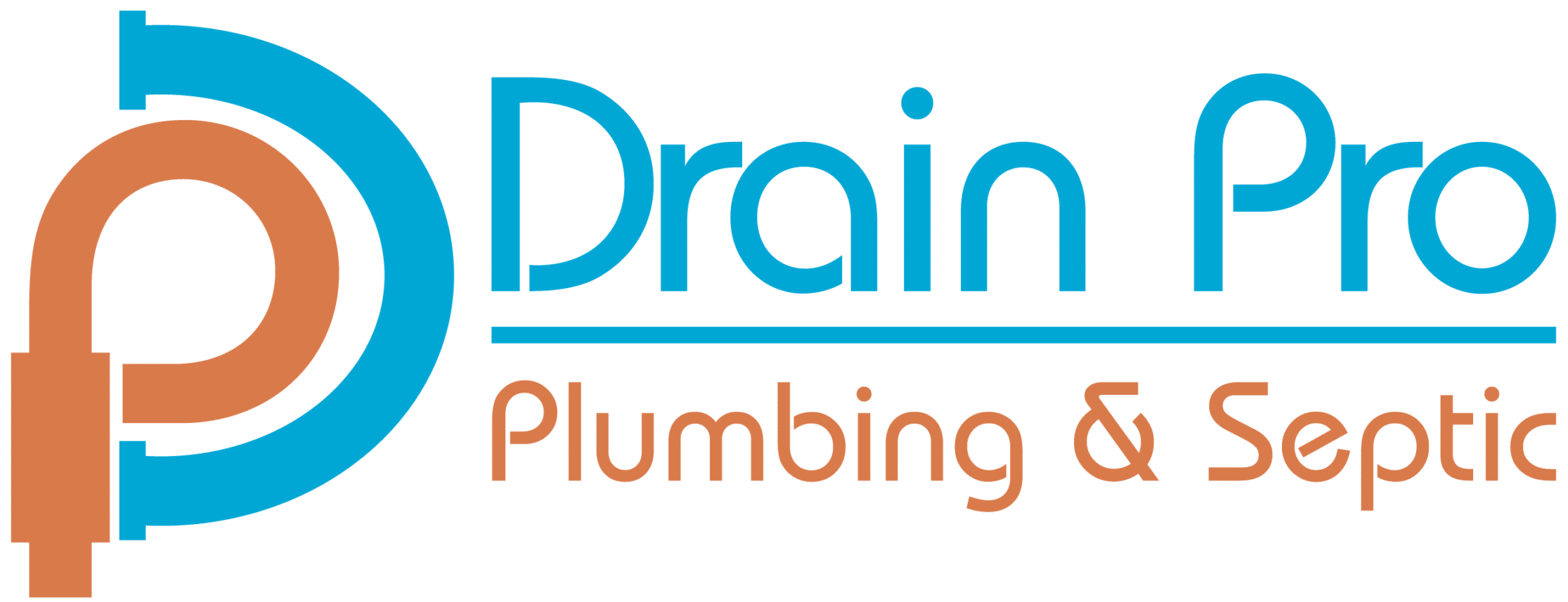It wouldn’t be an exaggeration to say that water supply is such a high commodity these days. With our rapid global industrialization as well as the growing population, there are times when the available clean water supply around us isn’t enough to go around. This results in temporary, and sometimes, longer-term water shortages and supply interruptions.
Just earlier this year, Mercer Island residents were asked to conserve their water supply as part of the local government’s effort to repair water supply lines in the city. And while this may be temporary, this might be a bit of a stretch for people who came unprepared for such water supply interruptions.
On the other hand, residents can learn a lot from such incidents when it comes to conserving their water supply. Now that we’re in a global water crisis with 771 million people unable to access clean water, it would be a good practice to start conserving water in our own little ways.
Here are a few water conservation tips you can practice at home for a more sustainable household:
Monitor Your Water Consumption
The easiest way to start conserving water is by monitoring your water bill. If you notice any irregularities or a sudden spike in your usage, you’ll be able to check if there are any broken pipes in your plumbing system or if your household is using more water than it actually needs.
Take Shorter Showers
In connection with the item above, taking showers can sometimes be responsible for high water usage at home. It might not be a common fact to some people, but by taking longer showers, you are wasting liters of clean water down the drain. Practice shorter shower times and use a timer if needed.
Pick the Right Plants
Filling your home with greenery can be relaxing, but did you know that some plants require to be watered a little more than others? If you want to keep your home filled with plants, you can consider ones that are drought-tolerant and will require less watering. Herbs like thyme, rosemary, and lavender are some examples of plants that can survive even dry conditions.
Compost and Reuse
Recycling is also a good way to help improve water quality and supply. By composting food waste, you can improve the quality of your yard soil. This will eventually help lessen the need to water the plants frequently.
Another “recycling” method you can implement at home is reusing cooking water. You can catch it in a bucket or basin, allow it to cool, and use it for watering your plants or even flushing the toilet.
Fix Leaks and Replace Fixtures
Above everything else, ensuring that your water fixtures are in good working condition and that there are no leaks anywhere in your home will make such a big impact on conserving water. Pipe leaks and faucet leaks are some of the top contributors to higher water usage at home so it’s important to always keep them tight and sealed.
Aside from fixing any broken pipes, you can also replace your fixtures with water-efficient ones so you can still perform your daily tasks without excessive water usage. Showerheads, low-flow faucets, and water-saving toilets can help you minimize your water consumption at home.
If you need help monitoring your water consumption and are thinking of ways to improve your plumbing system to be more environmentally friendly, contact your local Kent plumber today. Drain Pro Plumbing is a professional team of plumbers all trained to detect leaks and address any plumbing issues you may have at home, any time of the day.
Call us today to help ensure your plumbing system is helping save Mother Earth, one water droplet at a time. You can reach us at (206) 785-1404 to discuss your Kent, WA plumbing needs.








